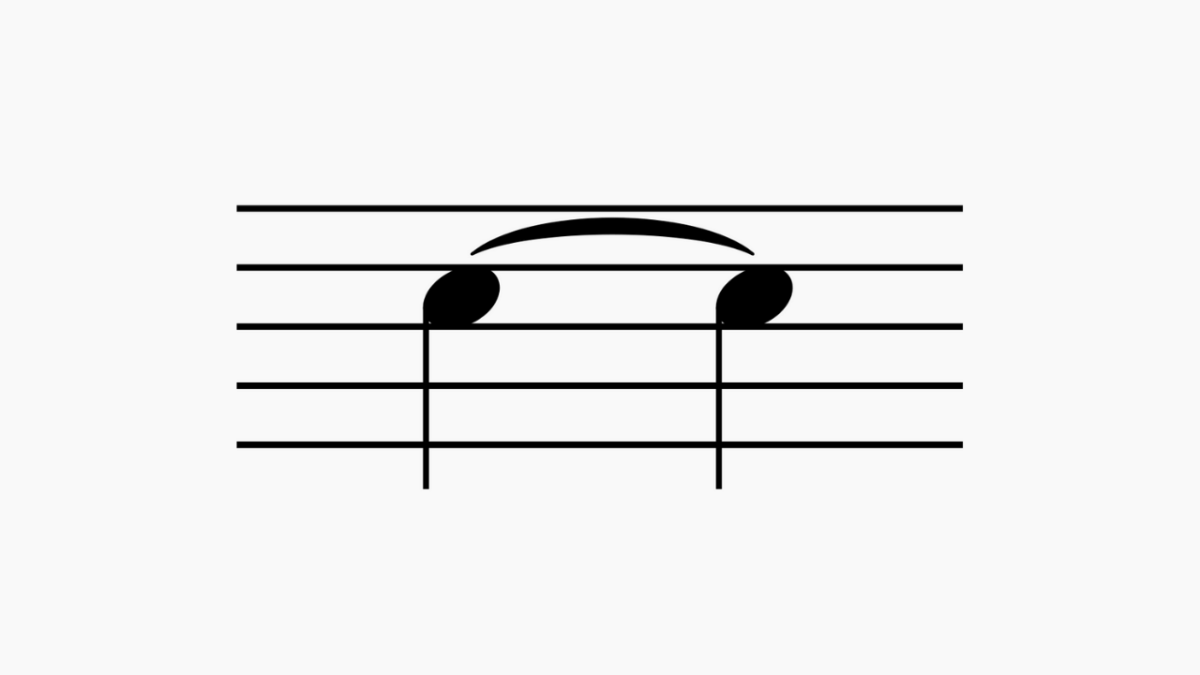A tie is a musical symbol that instructs the performer to connect two or more notes of the same pitch and play them as a single sustained note.
In sheet music, this is shown by connecting two notes with a curved line resembling an arc.
What Is a Tie?
Function
The tie serves to add up the note values it connects. For example, if a quarter note is tied to another quarter note, it becomes a two-beat note (equal to two eighth notes).
Notation
A tie is displayed by connecting notes of the same pitch with an arched line. This line indicates that the sound should continue without a break.
- Slur: Connects notes of different pitches to be played smoothly
- Tie: Connects identical notes to be played as one sustained note
Recommended Article
How to Practice Ties

1. Practice with Simple Notes
Beginners should start by connecting single-beat notes (e.g., quarter notes) with ties.
Practice sustaining the sound by keeping your finger on the key without lifting it.
2. Try More Complex Rhythms
Practice using sheet music with ties in syncopated or complex rhythms to become more comfortable with their use.
3. Use Hanon and Etudes
Playing etudes or Hanon exercises that include ties repeatedly will help you develop proper finger movement.
Summary
A tie is a musical symbol that means “connect two or more notes of the same pitch and play them as one sustained note.”
Mastering the tie will help you perform melodies more accurately and musically!

